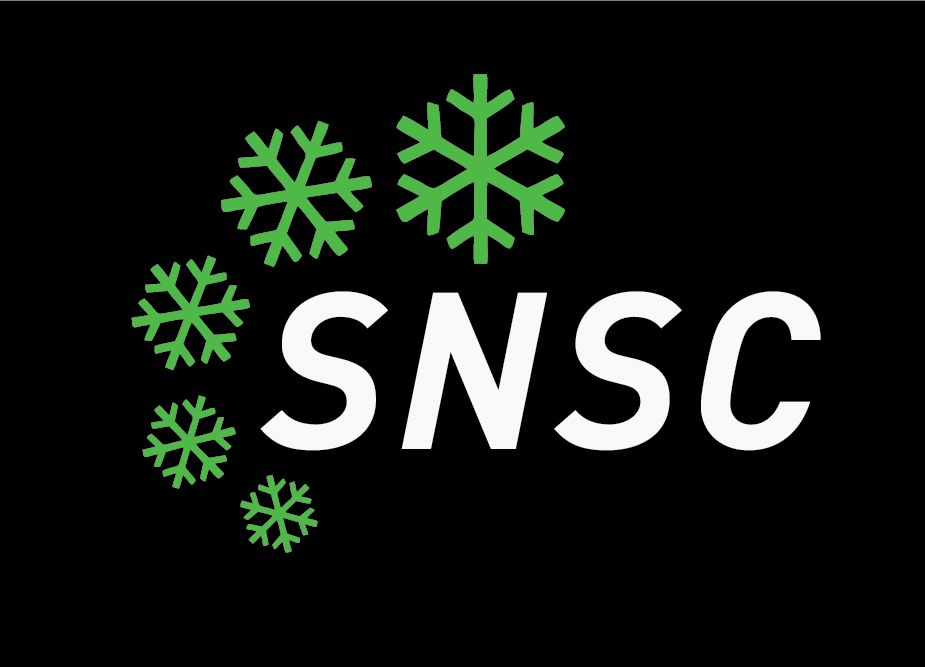Equipment Guide: Fall and Winter
Deals and ways to find equipment:
Breckenridge Nordic Center will put on a nordic gear swap for used equipment. This is usually in November.
Boulder Nordic Sports - as a registered member of SNSC you get team pricing from Boulder Nordic Sports.
Visit our Facebook Gear Group to find used gear for sale.
Clothes and bad weather:
So far SNSC has taken one "bad weather day" over the last 2.5 years (I'm from Sweden where 1/2 the year would be "bad weather days" if we followed the US standard). That bad weather day was this summer and there was thunder and lightning and I was super bummed to have to cancel. The only reason to cancel practice is if we put athletes and coaches in outright danger by being outside. Thunder and lightning right above our heads unfortunately qualified for this.
Being cold, wet, or hot doesn't qualify as outright danger. Be prepared to fulfill the outlined training session no matter weather - and we live in the mountains, weather changes, often and quickly so BE PREPARED.
Watch:
COMP - You need a watch! Athletes often get instructions such as: "warm up for 15 min and then gather back at FNC" or we are going to do a "10 min L3 speed up." Coaches will always have a watches - but they will not be right with you at all times as the group spreads out pretty quickly with our different abilities.
Tracking your heart rate is an extremely important tool for your coaches to use in training plan design. Most SNSC athletes use Suunto/Garmin/Polar HR-GPS watches. SNSC Coaches uses TP to track training logs. Once you enter comp, you will get info about this.
Rollerskiing:
Helmet No Helmet - no skiing!!!! As simple as that. Most people use bike helmets.
Poles and ferrules - You can use your winter poles (classic: Height in cm * ~0.84 and skate height in cm * ~0.89) for rollerskiing - but they will need special rollerski ferrules as the asphalt is much harder than snow. Ferrules can be ordered from many places (BNS) and SNSC will also have a couple for replacement (for $20) for those who haven't gotten their own.
Heads up - Ferrules will break - especially when you learn to rollerski (as you hit the tip of your pole with the ski).
A great video on how you prepare your poles for summer is found here:
Rollerskis
Prep: Don't worry about roller skis just yet!
Devo: Devo only uses classic rollerskis. SNSC has a couple to lend you until you have gotten your own. Most of the SNSC skis use NNN bindings but we also have some for SNS bindings.
Comp: You will need both classic and skate. If you haven't gotten your skis yet, you can borrow SNSC skis, (if there are avilable after the Devo kids have gotten theirs)
Boots:
Boots come in two kinds - SNS and NNN. These are two different binding systems and the industry is going towards NNN as the leading system. This means that the “used” market is flooded with SNS boots (at cheap prices). Please remember that if you go with SNS - you will likely have to make the switch in the future.
If we could make one recommendation it would be to rollerski in your old boots and have new ski boots for the winter. Rollerskiing is pretty hard on the boots, as you need a lot of force to break on RS in high speed. This tends to make the boot softer so if you have another pair for racing in the winter that is great - especially for Comp athletes.
If you are buying boots used, you can look at the sole to see what type of boots they are. Here is a picture explaining the different types. We would strongly encourage athletes to buy NNN when you are buying new boots.
Ski-Walking Poles:
An important part of summer training is ski-walking and bounding. For this you need a specific set of poles - shorter than your normal skiing poles. To find the length of your ski walking poles use the following formula. Pole length = Height in cm x 0.7.
It is not important that these are nordic poles -- they can be any old poles you have lying around. There are advantages to having nordic poles because they have the right "ski-grip" but we see and accept all types of poles at practice - so whatever works for you.
Skis:
In general the skis don't know how tall you are - they only know the pressure you put on them. But as a beginner, it is easier to learn on shorter skis. Secondly - junior skis are not as well camber tested as adult skis, so for young skiers their height is more important while the older and better you are, the more important weight becomes.
A rule of thumb is that classic skis are about 110-120% of your body length while skate are 105-110%. So that covers the length aspect. For weight use the weight charts distributed by the manufacturers:
They key is that you find the right ski for you - and having someone knowledgable helping you with the process is important.
Racing suits:
We don't require you to race in an SNSC suit. A race suit is cool, fast and aerodynamic, but we understand that there is a significant cash outflow to just acquire equipment, so a race suit is optional. We encourage our racers to have one - but it is totally ok if you don't.
Race suits are ordered directly from PodiumWear. These orders do NOT go through SNSC even though you can order on a link on our website. You pay directly to PodiumWear and it's shipped directly to you. PodiumWear store will open early fall.

